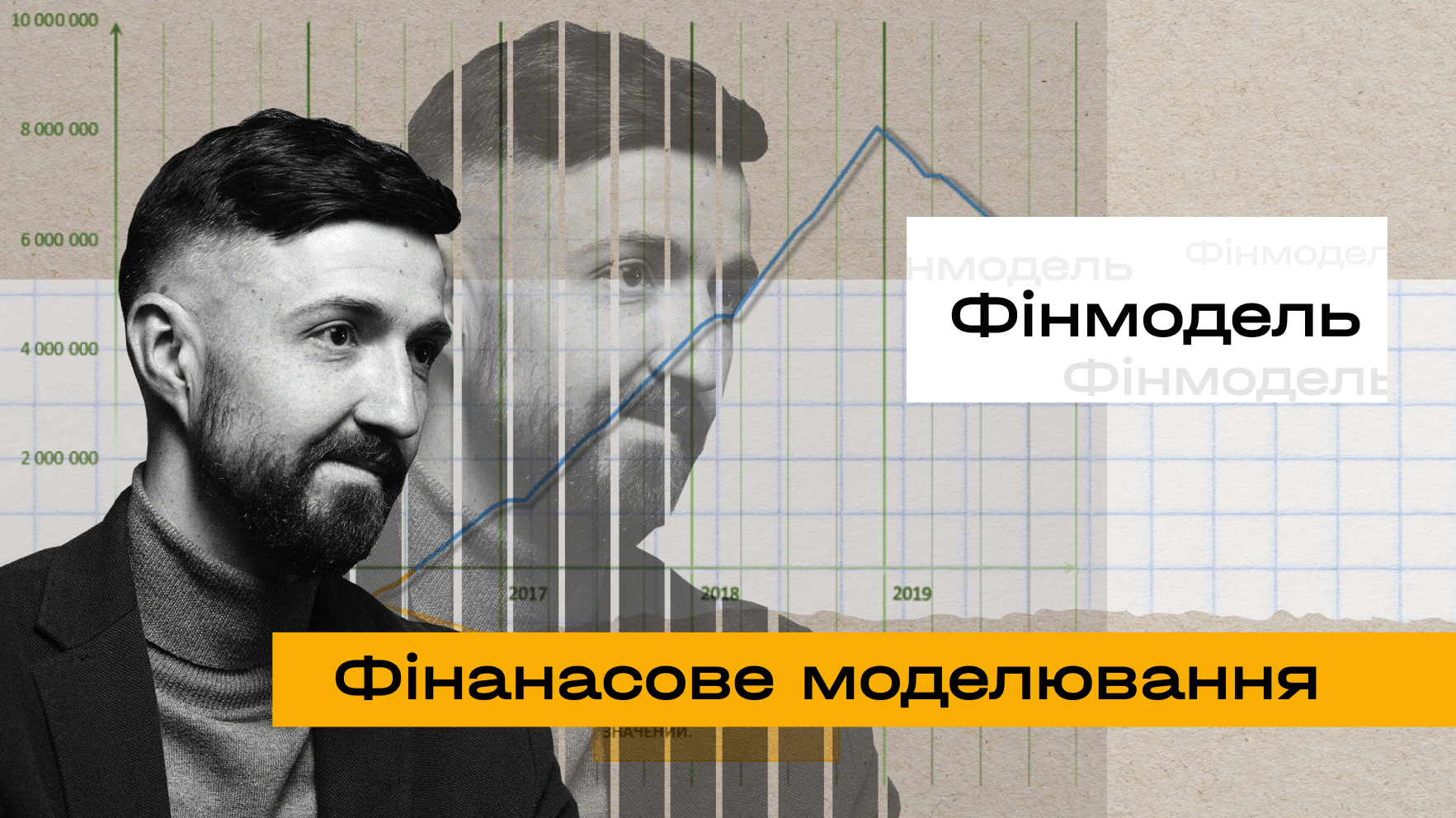Business communication is an unappreciated craft, often seen as a trivial subject crammed somewhere between corporate marketing and PR; and yet, some of the most successful entrepreneurs in history were masterful communicators.
As one of America’s foremost experts on the overlap between business communication and leadership, Carmine Gallo has a lot to say about the subject. An author and contributor for Forbes.com, as well as a communication coach and speaker, Gallo has studied the communication secrets of several businessmen and corporations.
In his latest book, The Bezos Blueprint: Communication Secrets of the World's Greatest Salesman, Gallo explores how Jeff Bezos leveraged the power of the written word to turn Amazon into a money-making machine.
He sat for a chat with Laba to discuss Bezos’ communicating strategies, from using symbols to shareholder letters, his famous obsession with customer satisfaction, and why Amazon puts emphasis on good writing.
What communication strategies did Jeff Bezos use to make Amazon succeed?
Before you communicate anything, you have to be passionate about a vision yourself. You have to relentlessly pursue a bold vision. If you are not inspired, it’s impossible to inspire others.
Bezos was a computer scientist, working on financial products in New York. When he learned that the internet was growing at 2,300% a year, he wanted in, although he didn't know how.
Once he started selling books online, his vision did not stop there. He called it Amazon to reflect the bigger vision. Amazon is the world's largest river and his store would become the biggest store. It was a metaphor.
Even when he started selling books online with 10 people in a garage, he still had a bigger vision. If you are not excited, it doesn't matter how good your words sound. That enthusiasm will not connect with other people.
A second step is finding an obsession. Bezos obsesses over customers, because without customers you don’t have a business. In fact, he used those words:
“We're going to be obsessed over the customer.”
How did he use symbols as a communication tool?
Communication doesn't always mean the spoken word. Look for symbols to express your ideas. That's an advanced communication skill.
Early on, he would keep an empty chair in meetings. It symbolized the most important person whose voice wasn't heard: the customer. Every time there was a new feature or function, he would turn to the empty chair. What would the customer think about it? What problem would it solve? Would it be easy to use? Symbols became important to express ideas.
He even used door desks. Instead of fancy desks, he went to a store, bought doors and converted them into desks. Someone I interviewed once asked Jeff: “What's with the door-desks?” And he said: “It's a symbol”. It's a reminder to keep expenses low so that you keep prices low and attract more customers.
Amazon was in its growth mode early on, the teams got too big and innovation wasn't happening at the desired speed. So he decided to cut the teams down and came up with the idea that a team should be small enough to be fed with two large pizzas. That's about 8-12 people. Instead of a number, two pizzas.
I live in Silicon Valley and in the startup world, “two-pizza teams” is a common phrase. Why did people catch on to it? Because it's simple to grasp. We think in terms of metaphors, always looking for easy comparisons.
Why is good writing so important for Bezos and Amazon?
That’s the “favor the written word” rule. Bezos famously banned PowerPoint from leadership meetings. Anybody who bans PowerPoint is thinking at a deeper level about effective communication. And he wrote about that in a shareholder letter.
He was aware of “Death by PowerPoint”, but what was the alternative? Most people complain, but do nothing about it. Bezos knew it was a hurdle to innovation, so he banned it in senior level meetings.
That doesn’t mean that Amazon doesn’t use PowerPoint. I work with AmazonWeb Services, and they use it to present to outsiders. But Bezos realized that putting an idea into bullet points was not the most effective way of creating innovation. Because there's no connection between the slides and the bullet points.
So he said that at the next meeting they would try something different. Instead of PowerPoint, you have to write your idea in a memo. And it has to have structure, headline, background info. Real sentences with verbs, nouns and paragraphs.
He didn’t want scattershot bullet points on slides without any connection with each other. He wanted a narrative, a flow: storytelling.
That worked very well. To this day, Amazon meetings begin with quiet time where people are reading a memo the presenter crafted. So think of Amazon as a writing culture. You have to be a good writer. They even have writing classes.
That's a powerful concept for leaders to learn, because writing is a skill. It's hard to write succinctly and clearly. More than ever in today's asynchronous, remote world, the written word is important. We send emails, texts, memos to get our point across, quickly, succinctly, but understandably.
What about numbers as symbols?
That’s the rule of three. It means that in our short-term memory it’s easy to follow through on three things. And this is universal, across cultures. People naturally think, group and write in threes. So why not use it in your professional life?
If you set your priorities for this year and you introduce 18 priorities, that's too much. Whereas Bezos breaks things down into three pillars: three things we're going to focus on this year or goals for the quarter. One of his favorite sayings that became very popular in Amazon was “work hard, have fun, make history.” So stick to the rule of thirds, especially when you want to express an idea or goals over a short amount of time. Give people three things to do.
In your book you describe how Bezos introduced the “working backwards” method – so what is that?
That means that when you have an idea, a new feature or product, you start with the press release first. It's a mental exercise. If you were a publicist sending out a press release, how would you position it? What would the headline be? What are the three key points the customer will love? Are you going to have a quote from a customer?
So this is a communication tactic, because you're communicating your idea from the end, not the beginning. It's easier to paint a picture for people when you see the whole vision and how it would be expressed to customers. Then you work backwards: how will we make this happen? That’s another tactic Bezos pioneered that is used today in Silicon Valley.
Have other entrepreneurs and corporations followed Bezos’s communications strategies?
I learned a lot about Bezos from people who worked with him and started their own companies. What people who left Amazon and adopted, or blatantly copied, were not management or computer-related strategies, but communication. Two-pizza teams became very popular in Silicon Valley, or the written memos instead of PowerPoints.
One person I interviewed went on to Microsoft and introduced that concept to Microsoft. Which tells us that it's the communication strategies that are essential to creating anything great.
One example is Twilio, founded by Jeff Lawson. It’s a company like Amazon Web Services. It probably touches your life, but you don't realize it. Twilio powers many mobile applications and text-based applications, like when you order an Uberand you get a text. The back-end is often Twilio.
Lawson told me that he adopted many tactics from Amazon, including working backwards. He learned from Bezos the power of narrative.
Today, Bezos does not run Amazon on a day-to-day basis. But when you listen to the current CEO or other senior executives, when they speak publicly, they sound like Bezos. So the message has stuck. I heard Andy Jassy, the new CEO, use the words “we obsess over customers.” Bezos first wrote those words in 1994.
In your book, you say that Bezos acted as “repeater-in-chief”. Why?
Sometimes mission statements don't mean anything. But if your mission really stands for something important, like Amazon's customer-centric goal, someone has to repeat it. Someone has to be the keeper of the vision. That's typically the leader.
Otherwise, no one is going to be able to see how their work connects to the broader mission. Bezos always repeated the mission, even when Amazon was just selling books. In his last shareholder letter he said that our original vision was to be Earth's most customer-centric company and continues to be that. Decades later, he was still reminding people the mission.
What role does data play in a good communication strategy?
Don't let a big number hang there without making it relevant to your audience. The secret to making data come alive? Focus on one data point and build a story around that.
Here’s a famous example. In 2001, Steve Jobs came out with a new product called iPod. You could listen to music on the go. There were many different devices that stored music, like DVDs and CDs and you could use them on the go.
So what was different? Jobs said that it stored five gigabytes. That wasn’t that different. Frankly, that’s just a number. No one knows what it is. But then Jobs, the genius that he was, would take a data point like 5 gigabytes and build it out. Five gigabytes is the equivalent of 1,000 songs. That makes it easy. Then he said: “there's more”. It's 1,000 songs that you can carry in your pocket. And he pulled out an iPod from his jeans. Everyone started clapping.
Great communicators take a big number and make it interesting by adding something that makes it relatable to their audience. That's the secret of storytelling.
How did Bezos and Amazon do that?
They were constantly striving to put numbers into perspective.
When Kindle came out, they had a lot of data about it. It was the first easy to use e-reader. They decided to focus on one key data point that became the press release headline: “Think of a book and get it in your hands in 60 seconds.” So we don’t bombard you with data on how thin or wide it is. Those are details. You focus on the most relatable data point.
I can have a book in 60 seconds? That's cool. Show me more. How much does it cost? How many books are available? Those are details. So focus on the most important piece of data you want your audience to remember, and then blow that out into a big part of the story.


Бажаєте отримувати дайджест статей?











